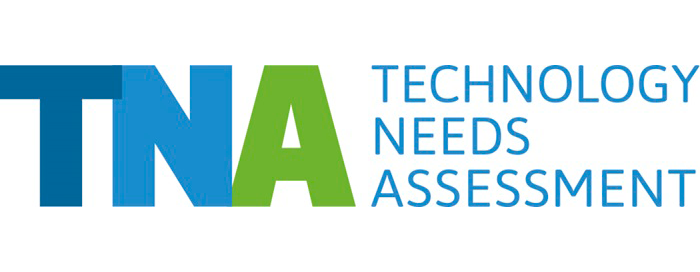Bangladesh’s 2012 TNA was an important step in implementing climate-resilient technologies, and has already led to emissions reductions and increased climate resilience.
High physical exposure and limited adaptive capacity have resulted in Bangladesh frequently being classified as one of the most vulnerable countries to the impacts of climate change. Because of this, Bangladesh has been at the forefront of developing national policies to increase its resilience to climate change. The country was among the very first to develop a National Adaptation Plan of Action.
Among the outcomes from its TNA are several Technology Action Plans, which propose detailed actions necessary for the diffusion of technology. In the water sector, projects include the rehabilitation of 3000 km of coastal embankments and dykes and modernizing the draining infrastructure in nineteen coastal towns to help them withstand flooding. The results of the TNA are included in Bangladesh’s NDC.
Bangladesh’s TNA contributes to the following Sustainable Development Goals:







